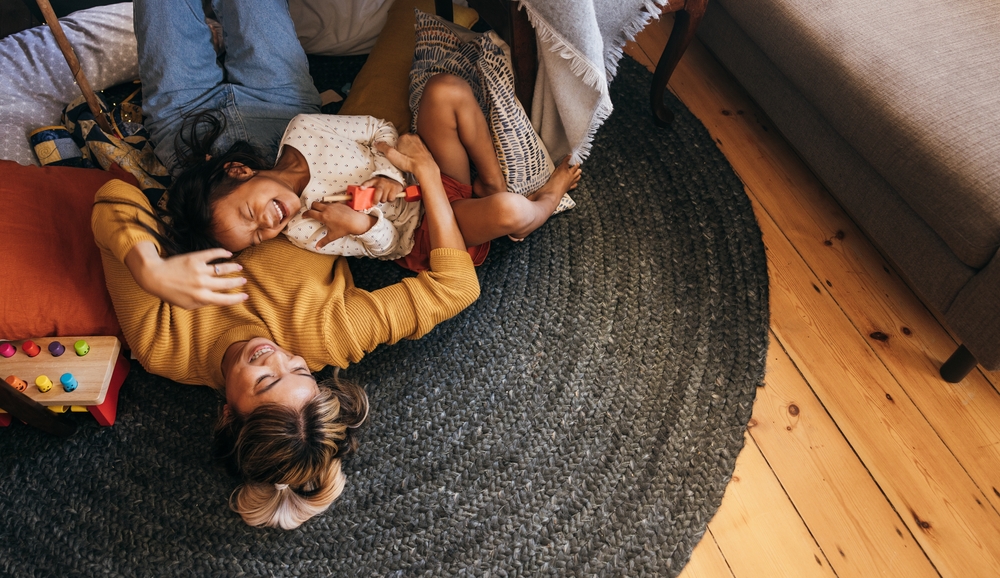Want to own your own home but can’t afford a down payment? Fortunately, there are a number of other ways for you to buy the house of your dreams.
Home-buying options in Quebec that don’t require a down payment
Municipal programs
Some cities, including Montreal, Quebec City, and Laval, offer subsidies and credits to attract families to the area.
Accès Famille program
In Quebec City, the Accès Famille program (link in French) helps cover the down payment on new homes worth up to $370,000, taxes and rebates included. It grants eligible families a crédit d’accession—an interest-free loan equivalent to 5.5% of the property’s selling price. If the house is Novoclimat-certified, the owners receive an additional 3.5% direct rebate on their mortgage. Therefore, when they resell the home, they must repay either 5.5% or 9% of the capital gain realized on the sale. The Accès Famille program is open to prospective buyers who have not owned a house in the last five years and whose gross income does not exceed $150,000.
Accès Condos program
Established by the Société d’habitation et de développement de Montréal (SHDM), the Accès Condos program grants individuals looking to buy an accredited condo in Montreal a 10% purchase credit to put toward a down payment. The credit is conditional upon the buyer making a $1,000 deposit. When they resell the condo, they must repay the purchase credit, plus 10% of the capital gain. It is essential to understand that this credit should not be confused with conventional mortgage loans, as it specifically aids with the down payment.
Before making any decisions, contact your municipality to see whether you’re eligible for any programs they offer.
Personal line of credit
Though considered a non-traditional source of funding, a personal line of credit can also be used to make a down payment. That said, finding a financial institution willing to grant this type of loan may be challenging. Your application for a personal line of credit, similar to other types of loans, is more likely to be approved if you have a good credit history and a stable financial situation. In addition, remember that the debt associated with the line of credit will count toward your debt ratios.
Home Buyers’ Plan and RRSPs
If you have an RRSP, you can withdraw up to $35,000 (or $70,000 per couple) without penalty for a down payment. The Home Buyers’ Plan (HBP) is available to first-time home buyers and individuals who haven’t owned a home in the past four years. You must occupy the house as your principal residence no later than October 1 of the year after the RRSP withdrawal. You then have 15 years to repay this amount, starting the second calendar year after the withdrawal was made.
If you don’t have sufficient savings, you can take out a loan, deposit the funds in an RRSP, and keep them there for at least 90 days before the purchase. As with any loan, you’ll have to pay interest. Don’t hesitate to seek professional advice, as the borrowing process can be lengthy and conditions may differ from one lender to another.
Love money and collateral security
Given the current real estate market, you may be thinking of asking a loved one for assistance putting together a down payment. “Love money” is another name for funds given as a gift from immediate family. In such cases, you must provide your mortgage lender with a gift letter from the donor; it should include the donor’s name, their relationship to you, and explicit confirmation that the money is a gift that doesn’t need to be repaid.
Have a relative who owns a home? If they’re willing, they can pledge their property as collateral security for your down payment loan. This option allows your loved ones to use their home equity to help finance your purchase rather than dipping into their savings.
Mortgage refinancing
If you already own a property and have built up sufficient equity, you may be able to take out an additional loan and use that money for a new down payment.
Renegotiating your mortgage may also be a good way to consolidate your debts or access funds for, say, the purchase of a new home. Keep in mind, however, that the terms of your mortgage may change. Don’t hesitate to consult a mortgage broker to ensure you make an informed decision.
Smart savings strategy
Not sure about the feasibility of buying a house in the near future? Maybe, like many others, you’re having trouble making sense of the HBP, RRSPs, and the first home savings account (FHSA). A financial planner can guide you through creating a budget and developing an investment strategy that will help you not only grow your money, but also put more into your savings.
Rent-to-own agreement
If you’re an aspiring homeowner who doesn’t qualify for a mortgage or who lacks the means for a down payment, renting to own may be the perfect solution. A rent-to-own agreement gives you the option to purchase the home before the end of your lease. It’s an opportunity to make sure the place is right for you while simultaneously saving up to buy it outright. When renting to own, you must first decide on the terms of the agreement with the landlord, such as the length of the lease, the cost of rent, and the purchase price of the home.
Joint purchase
When a couple decides to jointly invest in a property, one person will often give the other some type of advance. One partner may even finance the entire down payment. Whether the reason is differing financial obligations or unequal income, and whether or not repayment is expected, it is strongly recommended that couples put their purchase agreement in writing to avoid unpleasant surprises.
Purchase of a close relative’s home
If you want to buy your childhood house or that of an aunt looking to downsize, for example, you could benefit from a gift of equity. Say your parents’ property is valued at $480,000, but they decide to sell it to you for just $400,000. That $80,000 difference is considered a down payment. Since it amounts to 20% of the home’s selling price, there’s no need to pay a mortgage loan insurance premium. What’s more, you’re exempt from property transfer tax, also inaptly referred to as the “welcome tax” in Canada.

Conditions for buying a house with no down payment
To take advantage of any of the options listed above, you must meet certain conditions.
High credit score
While lenders can have different credit criteria, securing a mortgage without a down payment generally requires a credit score above 650. There are various ways to improve your score, such as paying your bills and debts on time and having different types of credit without overusing them. You must also prove that you’ve never filed for bankruptcy. The lender will assess the amount and conditions of the loan based on your creditworthiness and other financial factors.
Stable income
It’s important to show that you earn a sufficient income to repay your mortgage. But financial institutions are equally concerned about your professional stability and, if applicable, alternative sources of income. In short, you must be able to continue meeting your obligations in the event of lost or reduced income.
Minimum savings
Even if you don’t have enough for a down payment, you need to show that you’re able to pay certain expenses, such as notary fees and property transfer tax.
Legitimate source of funds
In Canada, it’s not uncommon for financial institutions to examine the source of funds used to purchase a property, especially in the absence of a down payment. Be prepared to provide the requested information quickly, or you may be refused a mortgage.
Your mortgage broker can guide you through this process.
The pros and cons of buying a home without a traditional down payment
While you can’t buy a house with absolutely no money down, there are several alternative ways to obtain the 5% required to secure a mortgage loan from a financial institution. As we’re about to see, these options come with certain pros and cons.
Pros
You can become a homeowner faster if you buy without a traditional down payment than if you wait to put together the cash—a fact that’s all the more true in the current real estate context. The non-traditional route lets you start building your estate and increase your net worth more quickly.
By choosing any of the alternative methods covered in this article, you can hold on to your money instead of pouring all your savings into a down payment. That’ll leave you with funds for other investments or projects, not to mention surprise expenses.
Cons
Buying with a non-traditional down payment can entail additional costs, generally resulting in higher monthly payments or extending the time required to pay off the loan. Besides being saddled with more debt, you may also have to pay a higher mortgage loan insurance premium.
Low-down-payment mortgages may also be subject to higher interest rates, as they’re considered more risky.
This can limit your options when negotiating with the seller.
For these reasons, it’s essential to understand what’s involved in buying a home without a down payment before choosing this path. Talk to your mortgage broker if you have questions or concerns.
Key takeaways
- There are several ways to buy the home of your dreams even if you don’t have a down payment on hand.
- To qualify for no-down-payment options, you must have an excellent credit history and a stable income.
- You can become a homeowner faster if you buy with no down payment.
- However, the non-traditional route can entail additional costs, usually in the form of higher monthly payments.

